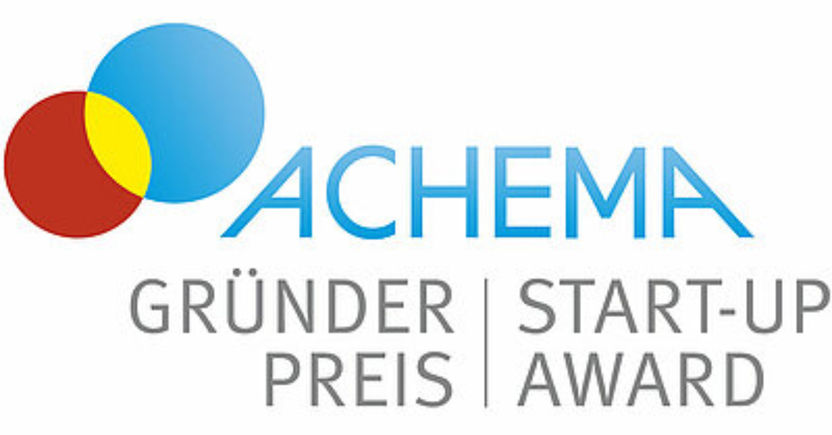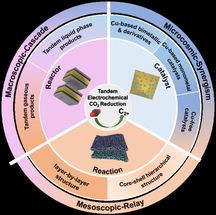Europe at forefront of innovation in water technologies
Large companies dominate but university innovation on the rise
Europe is leading globally in the development of new technologies in the water sector, according to a study published by the European Patent Office (EPO). The report, which looks at international patent families (IPFs)[i], finds that companies, researchers and inventors from theEPO’s 39 member states accounted for 40% of all IPFs in water-related technologies in 1992-2021. European inventors lead in all major areas of water tech, from potable water harvesting and efficient water use to wastewater treatment and flood protection.
According to the United Nations, 2.2 billion people lacked access to safely managed drinking water in 2022, and 3.5 billion lacked safe sanitation services. In addition, droughts and floods cause large numbers of deaths and billions in economic losses every year.
“Water is one of our most precious resources,” said EPO President António Campinos. "Given the threats posed by climate change, innovation needs to grow even faster in the coming decades – in both the supply of water and protection from water-related hazards. Our new study and tools provide policymakers and the public with high-quality data and analysis of the water technology landscape, and support inventors in developing innovative solutions to meet our water challenges."
Water treatment biggest focus for inventions, Europe ahead
According to the study, there were over 22 000 IPFs filed worldwide between 1992 and 2021 in water-related technologies. The largest area for inventions is water treatment, making up about 60% of all IPFs. The fastest growing area in recent years is efficient water treatment, and especially automation and control of treatment operations. Europe has a strong lead in water inventions, followed by the US (with 23% of all water-related IPFs), Japan (12%), China (6%) and Republic of Korea (5%). The leading European countries are Germany (12%), France (5%), the UK (4%), the Netherlands (3%) and Italy (3%).
Large companies dominate but university innovation on the rise
The top patent applicants in water technologies are Veolia (France), Xylem (USA) and Kurita (Japan). But the contribution of universities and public research organisations has grown significantly, from under 5% of all water-related IPFs in the 1990s to 14% by 2017-21. The top universities/research institutes are the Chinese Academy of Sciences, Nanjing University (China) and CNRS (France).
Improving access to information about water technologies
Working with national patent offices across Europe, the EPO has also developed a new technology platform on water innovation. The free platform enables scientists, governments and businesses to more easily navigate its online patent database containing over 150 million documents, and thus find information about the latest advances in the water sector. In addition, the EPO has updated its free Deep Tech Finder to help investors and potential partners connect with over 100 startups with European patent applications for water-related inventions from all over Europe.
[i] Each international patent family (IPF) represents a unique invention for which patent applications have been filed at a regional patent office or at two or more patent offices worldwide.
Most read news
Other news from the department science

Get the chemical industry in your inbox
By submitting this form you agree that LUMITOS AG will send you the newsletter(s) selected above by email. Your data will not be passed on to third parties. Your data will be stored and processed in accordance with our data protection regulations. LUMITOS may contact you by email for the purpose of advertising or market and opinion surveys. You can revoke your consent at any time without giving reasons to LUMITOS AG, Ernst-Augustin-Str. 2, 12489 Berlin, Germany or by e-mail at revoke@lumitos.com with effect for the future. In addition, each email contains a link to unsubscribe from the corresponding newsletter.
Most read news
More news from our other portals
Last viewed contents
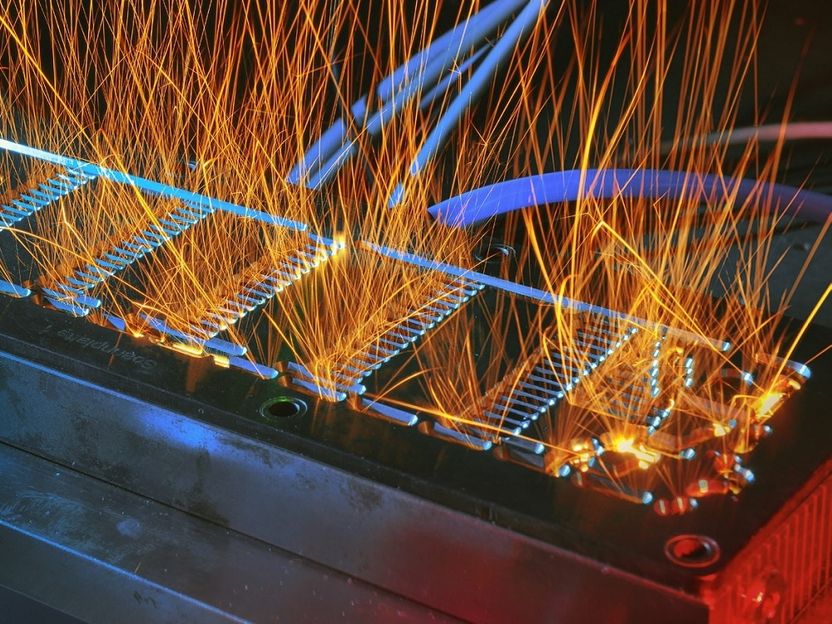
New approaches for the cost-efficient and high-speed production of fuel cells
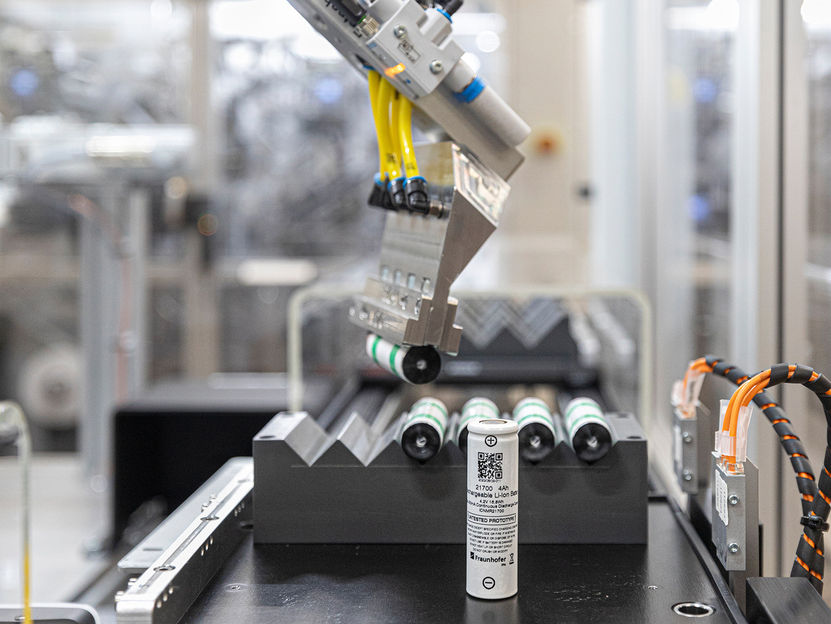
Digitalized, Sustainable Battery Cell Production - First battery cell winding system of its kind
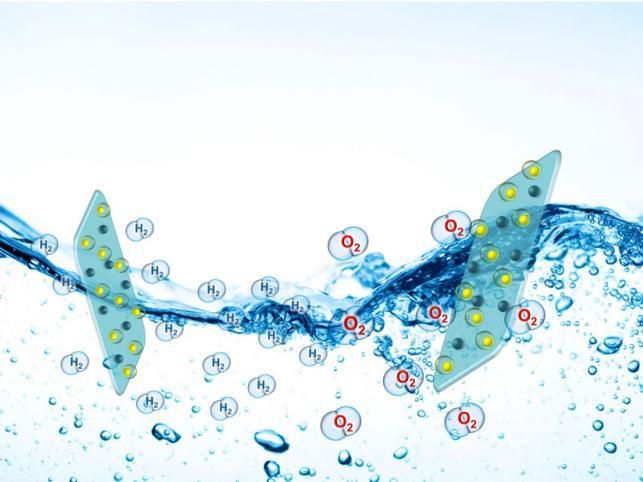
New catalyst produces cheap hydrogen

Interactive size control of catalyst nanoparticles
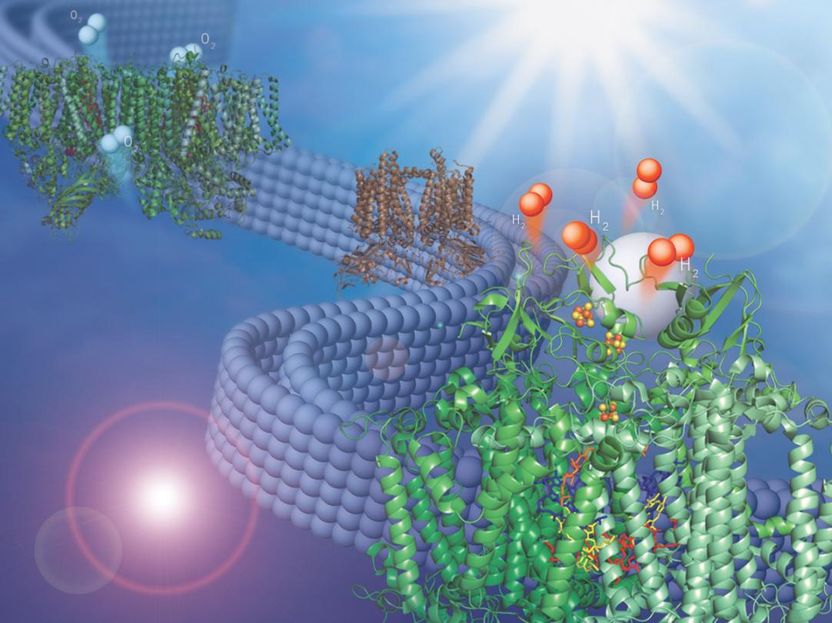
Adapting natural membrane to make hydrogen fuel from water
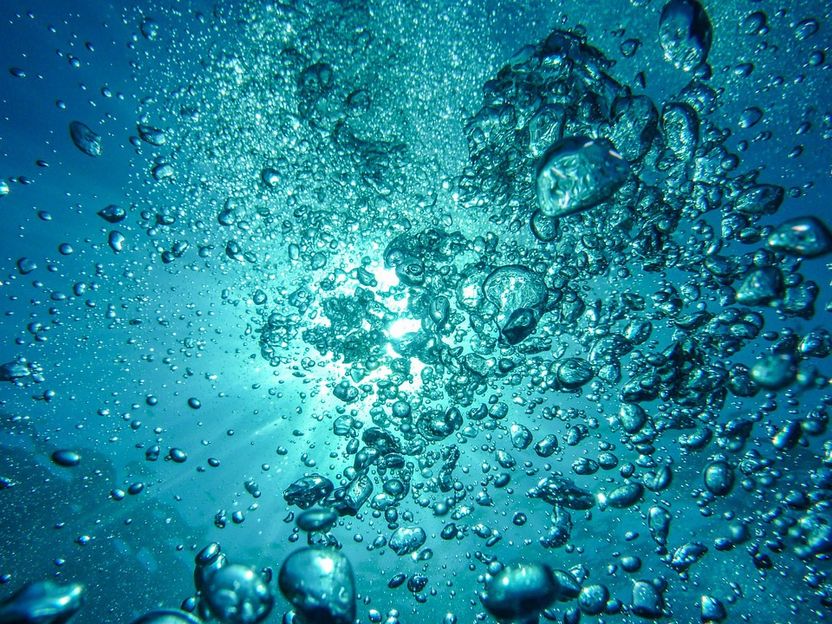
New water splitting catalyst could make it easier to generate solar fuel
A better way to make acrylics
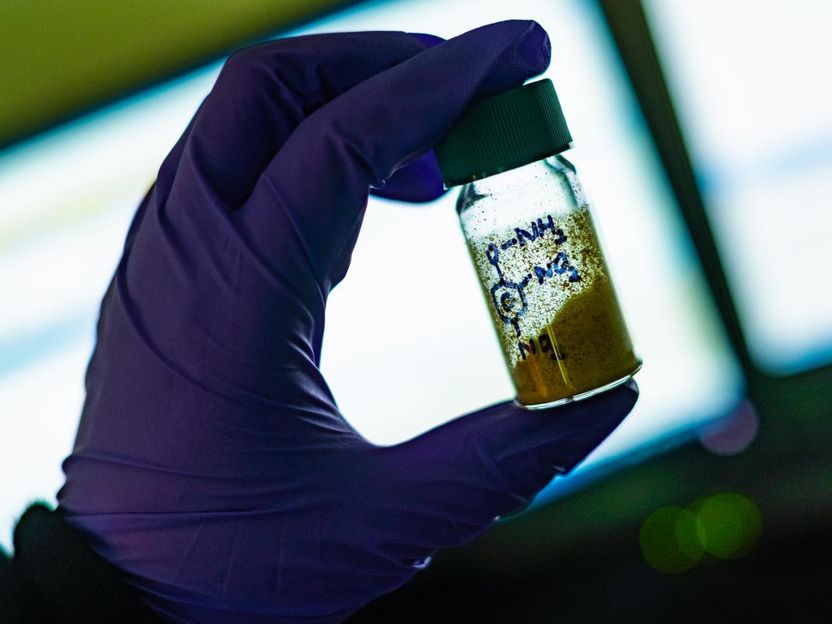
Nitrogen gets in the fast lane for chemical synthesis - Chemists discover way to simplify synthesis of valuable precursor for drugs, other compounds

Adding a porous envelope to aluminum plasmonics - Gas-trapping framework married to light-powered nanocatalysts
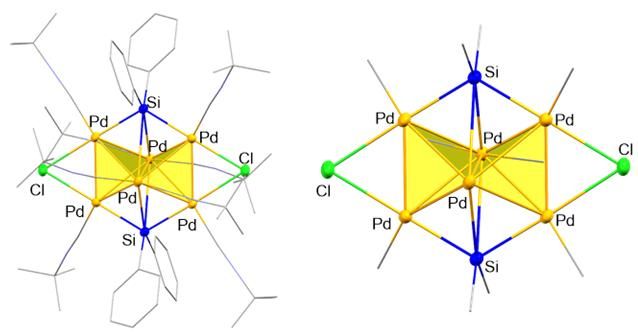
'Butterfly-shaped' palladium subnano cluster built in 3-D

BASF and thyssenkrupp Uhde cooperate to reduce greenhouse gas emissions
